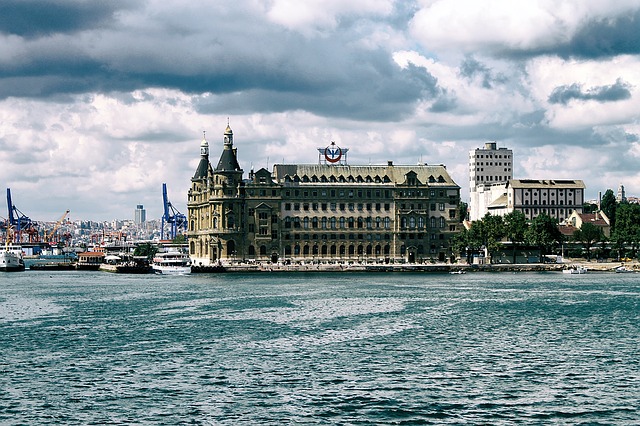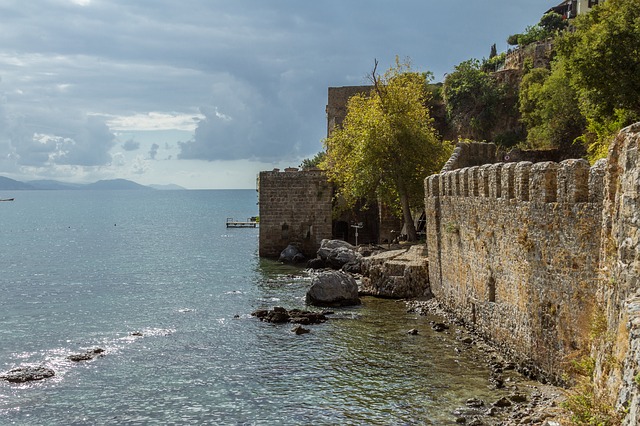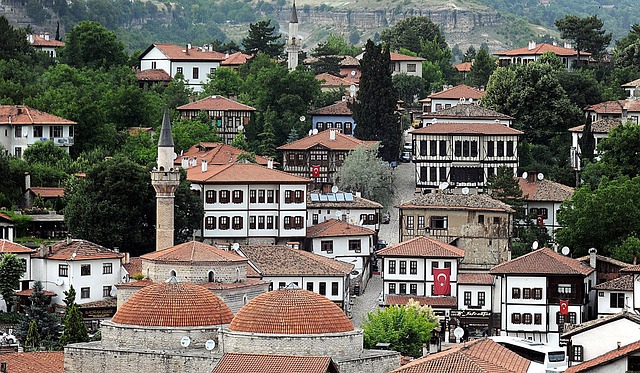NAME OF CITIES
Greek names were frequently latinized during the 500 years of Roman domination, which were in fact only an interlude between 1,000 years of city states and Hellenistic Kingdoms, and 1,000 years of Byzantine rule (both of which used Greek)
ANATOLIA
It is known that Turks first lived in Central Asia around 2000 B.C.Later, some of them left Central Asia and traveled extensively,establishing many independent states and empires within the vast area of Asia and Europe. Although their expansion was widespread, only the most significant are mentioned below. The Great Hun Empire (during the 3rd century B.C.) is generally considered a milestone in Turkish history. During this period, Turks migrated toward the northeast, traveled through Finland, and down to central Europe where they eventually settled. Some groups of Turks traveled to the southwest, settling in Northern India, Afghanistan and Turkistan. By the 6th century A.D., the Gok Turks took power and stablished an empire extending between the Black Sea and the Indian Ocean.





